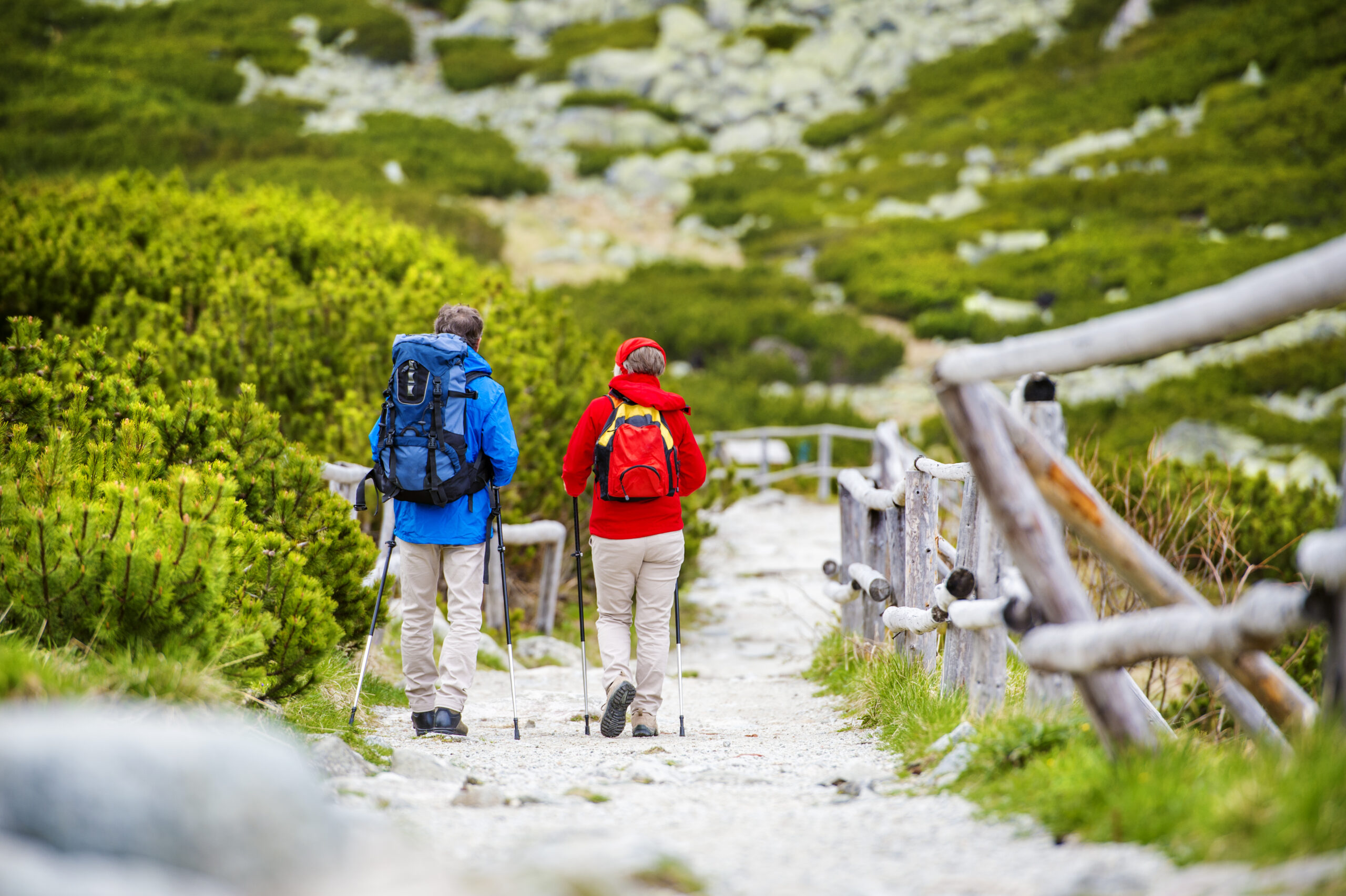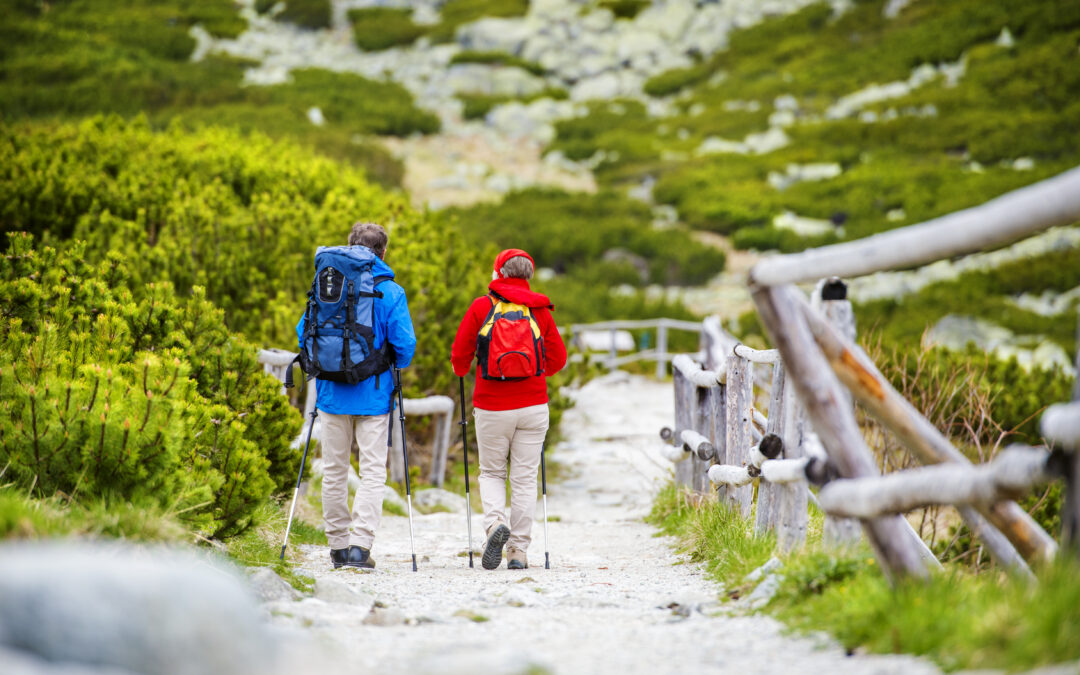Hiking is an excellent way to explore the great outdoors and get some exercise while enjoying nature’s beauty. However, hiking in remote areas can be challenging and dangerous if you are not prepared. In this blog post, we will discuss everything you need to know about staying safe while exploring remote hiking trails.

Introduction to Remote Hiking Trails
Remote hiking trails are those that are located far from civilization and often require hikers to carry their food, water, and other supplies for several days. These trails offer breathtaking views and unique experiences but also come with significant risks. It’s essential to plan your trip carefully before embarking on such a journey.
Importance of Preparation and Planning
Preparation is key when it comes to remote hiking trails. You should start by researching the trail thoroughly, including its length, elevation gain, terrain, and weather conditions. Ensure that you have the right gear, including sturdy shoes or boots, a backpack, tent, sleeping bag, food, water, first aid kit, and any necessary safety equipment like a GPS device or satellite phone.
It’s also crucial to inform someone about your planned route and expected return date. Make sure they check up on you regularly and alert authorities if they don’t hear from you within the agreed time frame.
Safety Tips for Hikers
Here are some critical safety tips for hikers:
1. Stick to designated trails to avoid getting lost.
2. Be aware of wildlife and how to handle encounters safely.
3. Carry enough water and food to last the entire trip.
4. Avoid hiking alone; always hike with at least one partner.
5. Know basic first-aid skills and carry a first-aid kit.
6. Let someone know where you’re going and when you expect to return.
What to Pack for a Remote Hike
When packing for a remote hike, make sure to include all the essentials. Here are some items you shouldn’t leave home without:
1. Proper footwear with good tread and ankle support
2. Lightweight and breathable clothing
3. Rain jacket or poncho
4. Sun hat or visor
5. Sunglasses with UV protection
6. High-energy snacks like nuts, dried fruit, and energy bars
7. Water filtration system or purification tablets
8. Map and compass (or GPS device)
9. Headlamp or flashlight with extra batteries
Common Dangers on Remote Hiking Trails
Remote hiking trails come with various hazards, including steep drops, unstable terrain, extreme temperatures, and wildlife encounters. Additionally, there may be no cell service, which means you won’t be able to call for help easily. Therefore, it’s vital to take precautions and follow these guidelines:
1. Stay on marked trails to reduce the risk of injury or getting lost.
2. Watch your step and maintain balance to prevent falls.
3. Drink plenty of fluids to stay hydrated, especially in hot weather.
4. Protect yourself against insect bites and sunburns.
Conclusion: How to Stay Safe While Exploring Remote Hiking Trails
Exploring remote hiking trails can be thrilling, but it requires careful planning, preparation, and attention to safety. By following the tips mentioned above, you can minimize the risks associated with remote hikes and enjoy your adventures safely. Remember, being well-prepared is half the battle when it comes to hiking in remote areas. So, lace up your boots, pack wisely, and hit the trails responsibly!




